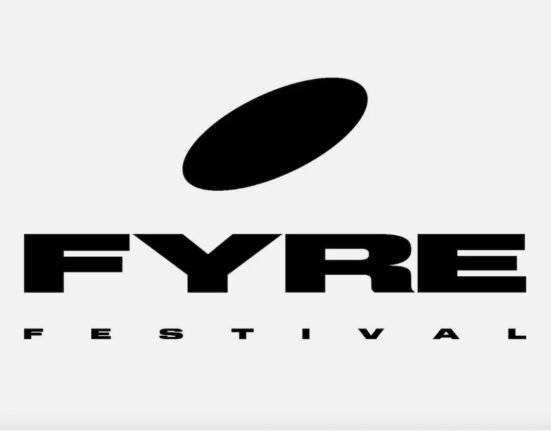A trademark is a word, phrase, symbol, or design—or a combination of these—that identifies and distinguishes the source of goods or services of one party from those of others. Essentially, a trademark is your brand’s identity in the marketplace. It allows consumers to recognize and trust the products or services you offer.
Trademarks can include business names, logos, slogans, packaging designs, and even distinctive sounds, colors, or smells—provided they are used in commerce and serve as source identifiers. The Nike “swoosh” logo, the NBC chime sound, and the smell of Play-Doh are all examples of federally registered trademarks.
It is also helpful to distinguish trademarks from other forms of intellectual property. Copyrights protect original works of authorship like books and music, while patents protect inventions and innovations. Trademarks, in contrast, protect brand identifiers used in commerce.
Importantly, trademark rights can be established simply by using the mark in commerce. These are known as common law rights. However, registering a trademark with the U.S. Patent and Trademark Office (USPTO) provides several benefits, including nationwide protection, the legal presumption of ownership, and the ability to bring certain claims in federal court.
Trademarks are powerful business assets. They not only protect your brand but also add value by building recognition and trust with your customers. Whether you’re launching a new product or building a lasting business identity, understanding what a trademark is—and how it works—is a key first step.







